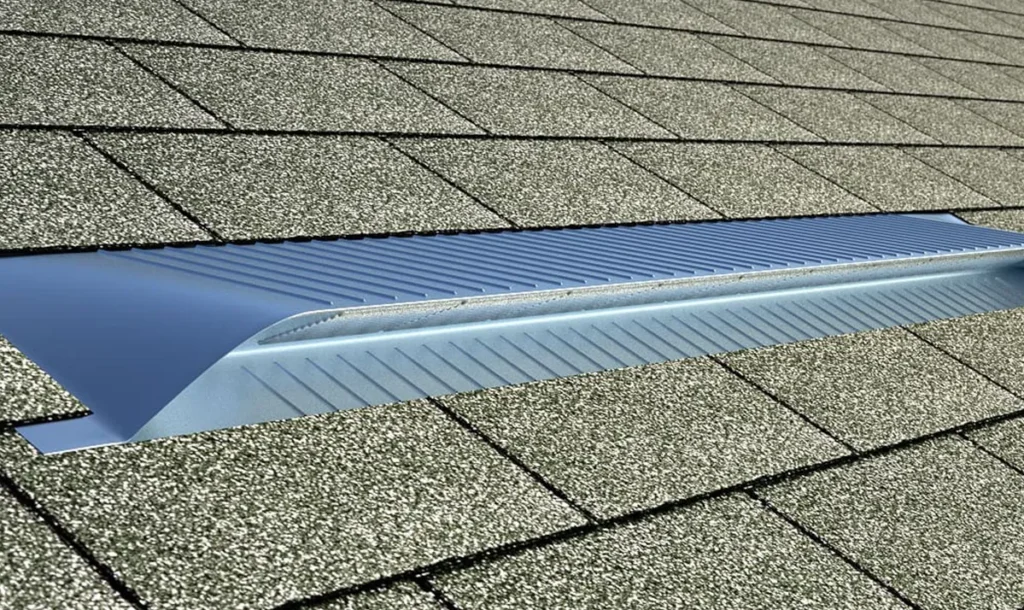Roof ventilation is a critical aspect of maintaining the structural integrity of a home, something that Andes Roofing, one of the leading Louisville roofing contractors, emphasizes. Ensuring proper air circulation within the roof system can significantly increase the longevity of your roof, reducing moisture buildup, and other potential issues. This guide will aid you in choosing the right roof vent, focusing on factors such as the type of roof, weather conditions, and budget.

Types of Roof Vents
Ridge Vents
Ridge vents run along the peak of the roof, providing a uniform and unobtrusive method for air circulation. These are suitable for almost all standard roof types.
Turbine Vents
Turbine vents, often installed by roofing companies Louisville KY like Andes Roofing, use wind power to extract hot, humid air from the attic. They are cost-effective but can be more visually prominent on the roof.
Box Vents
These static vents are perfect for targeted ventilation. Installed near the roof’s ridge, they create an escape route for hot air.
Soffit Vents
Placed under the eaves of the house, soffit vents allow fresh air into the attic. They are vital for intake ventilation and often work in tandem with other vent types.
Gable Vents
Installed at the peak of a gable end, these vents provide both aesthetic appeal and functionality.
Solar Vents
Solar vents are powered by solar energy and are an environmentally friendly option for those looking to reduce energy consumption.
Factors to Consider When Choosing Roof Vents
Climate
Consider the weather conditions in your area, such as Louisville, where the Louisville roofing experts at Andes Roofing have experience. For example, areas with high humidity may require more aggressive ventilation.
Roof Design
The design of your roof will heavily influence the type of vent suitable for your home. Consider the slope, material, and overall architecture.
Budget
Different vents come at varying price points. Understanding your budget will help narrow down your options.
Professional Consultation
It’s often beneficial to consult with a roofing professional to get a tailored solution for your specific needs.
Installation Tips and Considerations
Proper Positioning
Ensure that the vents are installed at the right locations to promote efficient airflow.
Balancing Intake and Exhaust
A balanced system where the intake and exhaust are in harmony will ensure optimal performance.
Regular Maintenance
Regular cleaning and inspection will keep your vents in top condition, preventing potential problems.
Building Codes and Regulations
Make sure to adhere to all local building codes and regulations when installing roof vents.
Conclusion
Choosing the right roof vent is essential for the well-being of your home. It helps in maintaining a balanced temperature, prolongs the life of the roof, and can even save on energy bills. By understanding the different types of vents, considering vital factors such as climate and budget, and following proper installation procedures, you can select the perfect roof ventilation system for your needs. If in doubt, always consult with a professional like those at Louisville roofing companies to ensure you make the right decision tailored to your specific situation.






